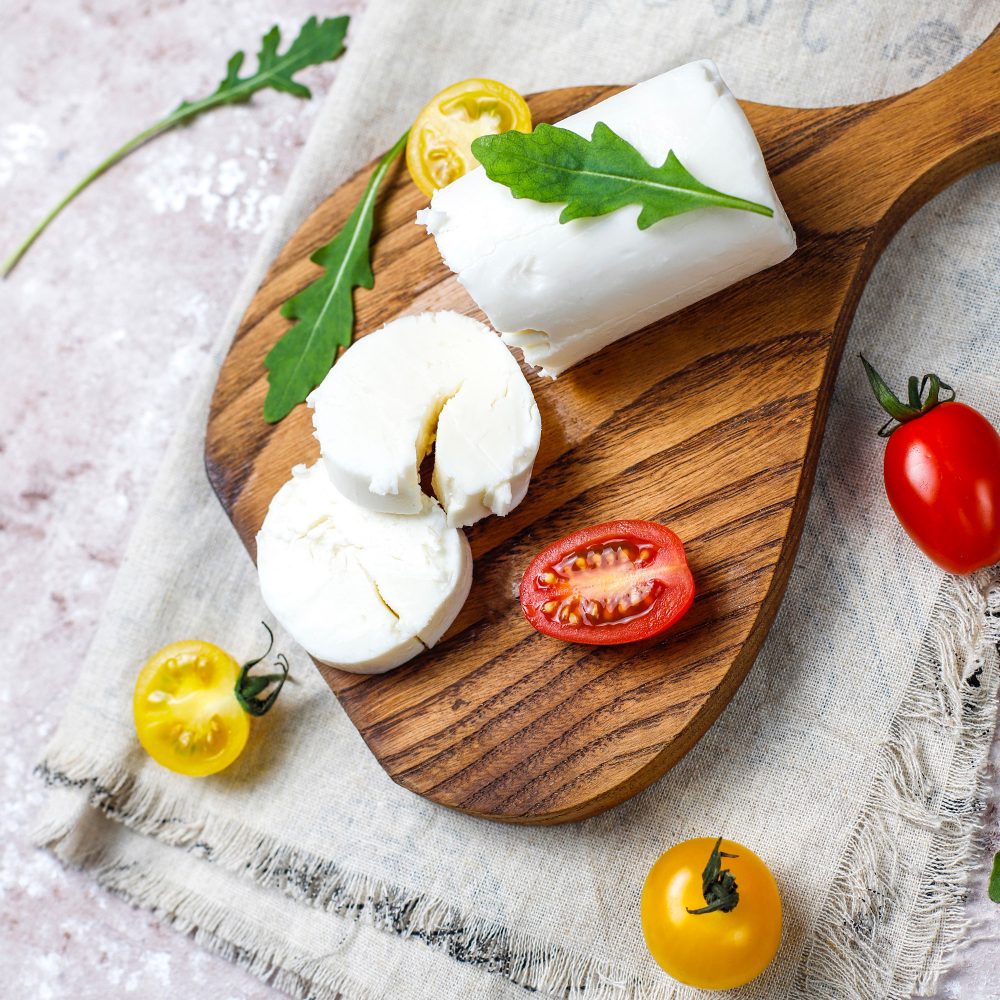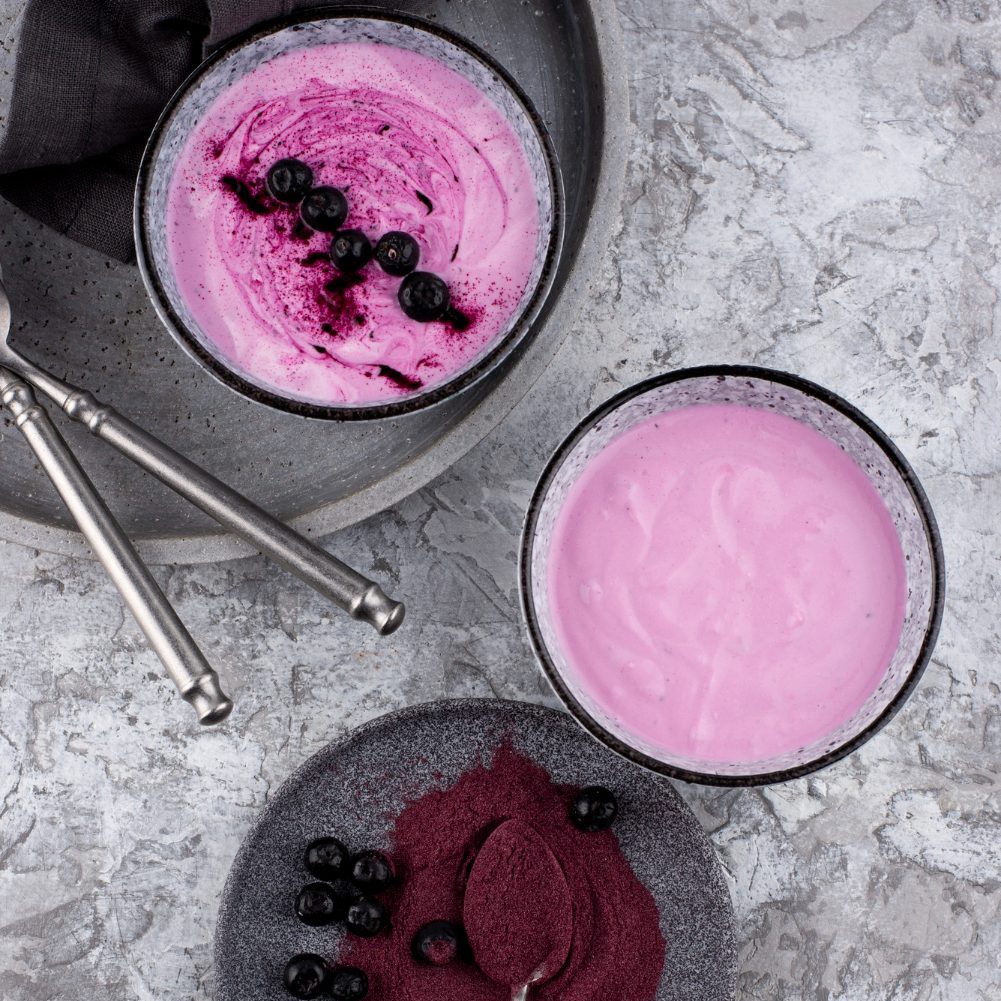If you’ve spent years coping with stress by overeating unhealthy foods, you’re not alone. But to truly change your body and mind, you need to retrain your brain to handle stress in healthier ways. Here’s a practical, science-backed approach to resetting your habits and fighting chronic inflammation.
Step 1: Retrain Your Brain—Handle Stress Without Food
For many of us, stress eating is a deeply ingrained habit. The first step is to teach your brain new ways to deal with stress—without reaching for junk food. Try activities like walking, strength training, or even creative hobbies. Research shows that regular physical activity can reduce stress and lower cravings for unhealthy foods (Stults-Kolehmainen & Sinha, 2014).
Step 2: Gear Up for Healthy Living
Invest in some basic equipment:
- Dumbbells or resistance bands for strength training
- A blender for making smoothies, soups, or even healthy ice cream
These tools make it easier to prepare nutritious meals and stay active.
Step 3: Start with Walking
If you’re carrying extra weight, running can be tough on your joints and may actually increase cortisol (the stress hormone), which can make weight loss harder. Walking is a gentler, more sustainable way to get moving—and studies show it’s often just as effective for burning fat and reducing inflammation (Murtagh et al., 2015).
Step 4: Fiber, Fiber, Fiber
Load up on fiber! High-fiber foods help balance blood sugar, keep you full, and support a healthy gut. Research links fiber-rich diets to lower inflammation and better weight management (Ma et al., 2021). Psyllium Husk, Acai Berry, Maqui berry.
Step 5: Ditch Gluten, Sugar, and Saturated Fats
Chronic inflammation is often fueled by processed foods, gluten, sugar, and saturated fats. Your body can actually become “addicted” to inflammatory foods, craving them like a drug. Eliminating these triggers can help break the cycle (Monteiro et al., 2019).
Step 6: Embrace an Anti-Inflammatory Diet
Choose foods that fight inflammation:
- Olive oil, olives, salmon, sardines or mackerel for Omega3
- Cabbage, beets, broccoli, avocados, ruccola salad, red onions
- Goat/ Fetta cheese instead of cow’s cheese/milk
- Beans, chickpeas, brown rice, lentils, chia seeds instead of bread or pasta
- Lean meats like chicken or turkey instead of processed meats
- Home-cooked meals or from shop with just a few whole ingredients
- No artificial sweeteners, only natural Monk Fruit or Stevia
The fewer ingredients, the less likely you are to eat hidden sugars and additives that promote inflammation.

Step 7: Smart Snacking
When cravings hit, reach for berries or nuts. Both are anti-inflammatory and packed with nutrients. Studies show that berries and nuts can help reduce inflammation and support weight loss (Basu et al., 2010; Ros, 2010).
Tip: Maqui Berry latte or ice cream : Coconut cream, dried goats milk, Maqui berry powder, Monk fruit, berries, banana

Step 8: Reset Your Brain in 4 Weeks
Stick with these habits, and you’ll notice not just physical changes, but also increased mental resilience. Research suggests it takes about four weeks to form new habits and see measurable improvements in stress and mood (Lally et al., 2010).
Step 9: Manage Stress and Sleep
Stress increases cortisol, which can lead to weight gain and inflammation. Prioritize stress management techniques and good sleep hygiene. Poor sleep disrupts your body’s natural rhythms and can throw your organs—and your weight—out of balance (Spiegel et al., 2004).
Step 10: Heal Your Gut
A healthy gut microbiome is key for weight loss—sometimes even more effective than exercise! Processed foods and additives destroy good gut bacteria, leading to disease and obesity. Focus on whole, unprocessed foods to restore balance (Sonnenburg & Bäckhed, 2016).
The Bottom Line
Modern processed high-sugary foods are engineered to keep you hooked, but you can break free. By resetting your brain, fuelling your body with anti-inflammatory foods, and supporting your gut, you’ll be on your way to lasting health and weight loss.
References
- Stults-Kolehmainen, M. A., & Sinha, R. (2014). The effects of stress on physical activity and exercise. Sports Medicine, 44(1), 81-121. Link
- Murtagh, E. M., et al. (2015). Is walking enough? A review of the evidence of walking as a health-promoting physical activity. Preventive Medicine, 66, 135-145. Link
- Ma, Y., et al. (2021). Dietary fiber intake and risk of metabolic syndrome: A meta-analysis. Nutrients, 13(10), 3667. Link
- Monteiro, C. A., et al. (2019). Ultra-processed foods: what they are and how to identify them. Public Health Nutrition, 22(5), 936-941. Link
- Basu, A., et al. (2010). Berries: emerging impact on cardiovascular health. Nutrition Reviews, 68(3), 168-177. Link
- Ros, E. (2010). Health benefits of nut consumption. Nutrients, 2(7), 652-682. Link
- Lally, P., et al. (2010). How are habits formed: Modelling habit formation in the real world. European Journal of Social Psychology, 40(6), 998-1009. Link
- Spiegel, K., et al. (2004). Sleep loss: a novel risk factor for insulin resistance and Type 2 diabetes. Journal of Applied Physiology, 99(5), 2008-2019. Link
- Sonnenburg, J. L., & Bäckhed, F. (2016). Diet–microbiota interactions as moderators of human metabolism. Nature, 535(7610), 56-64. Link



Leave a Reply